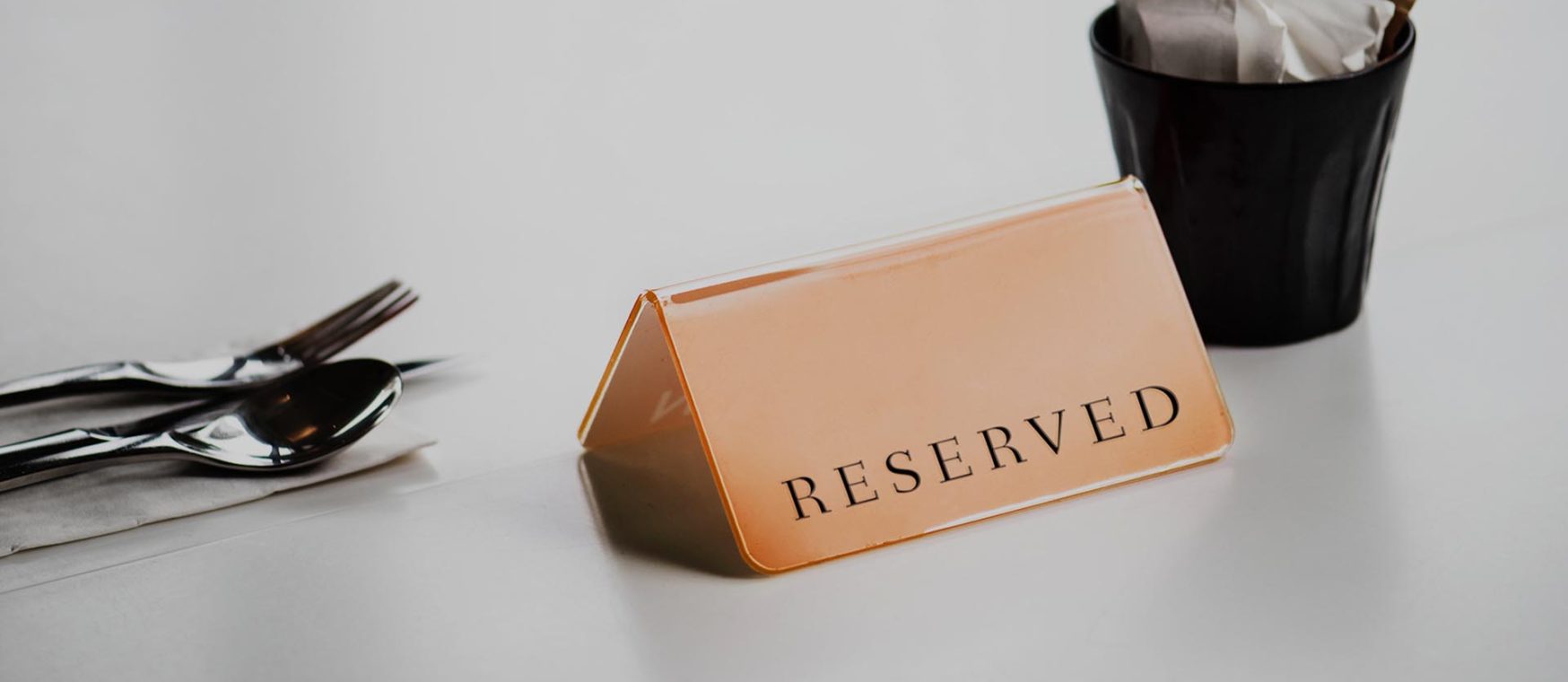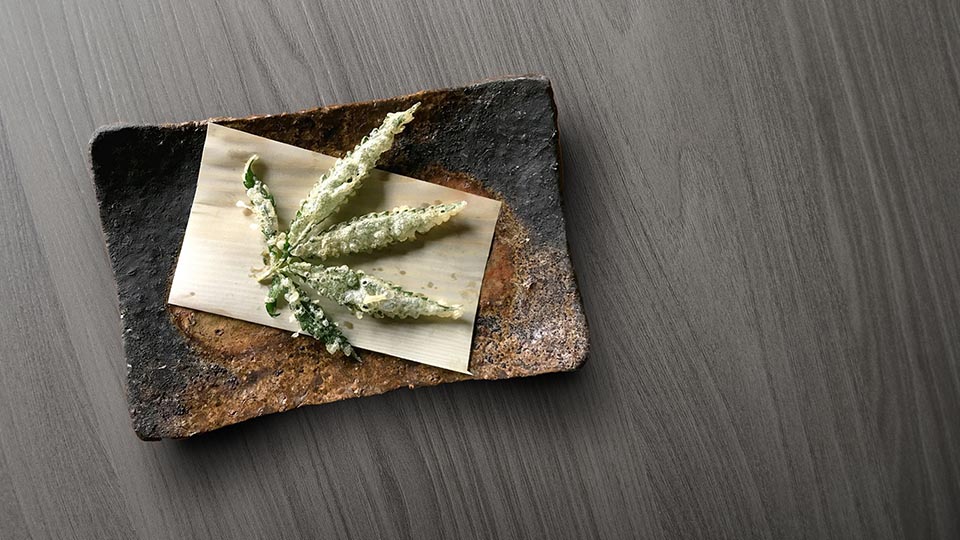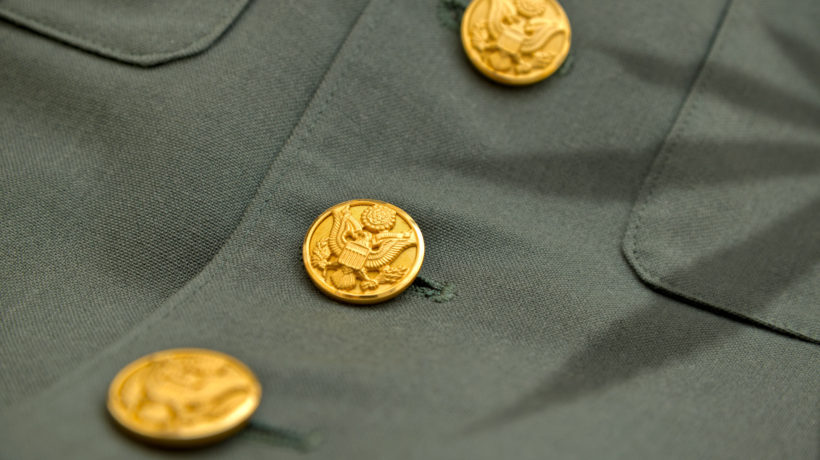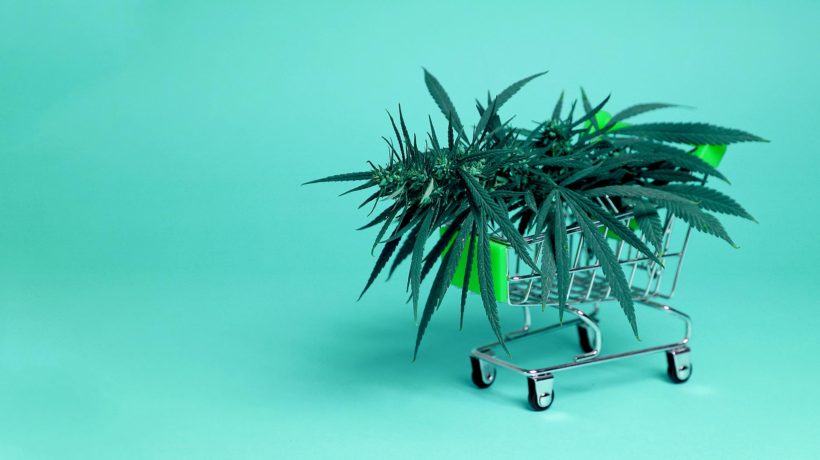Shibumi is a Japanese restaurant in the heart of downtown LA and a member of the exclusive Jonathan Gold’s 101. It also happens to be the only restaurant in town that serves true Kobe beef. But lately, the eatery has been gaining notoriety for having a secret menu akin to west coast fast food staple, In-n-Out.
Shibumi diners in the know can now order a selection of well-crafted cannabis dishes.
Cuisine de cannabis
Owner David Schlosser’s signature cannabis dish is a tempura battered leaf, carefully deep fried to maintain its distinctive shape, then sprinkled with house-made CBD salt.
Shibumi offers vegetables served with hemp seed and oil-infused sauce. Kimchi made with chopped cannabis leaves, cabbage, ginger, and salt – fermented for over forty-eight hours. As well as a pork dish smoked with dried cannabis branches, imbuing the meat with a sweet bouquet of hemp and charred, earthy tones.
Schlosser assures customers that there is no risk of getting high from any of the dishes because none contain THC (which is only found in the bud), just cannabidiol. At his restaurant, he only uses leaves grown by a local, organic farm.
Schlosser told Lonely Planet his goal is to promote the health benefits of cannabis,“I’d like to show more about the plant and its versatility. It offers incredible benefits to your system, for example, a lot of essential fatty acids for your brain and brain function.”
It’s also high in fiber, rich in antioxidants, and provides folate, iron, calcium, and vitamins C and K.
The official ambassador of cannabis cooking
Schlosser became interested in cannabis’s culinary possibilities while living in Japan where he was the US Ambassador’s chef. “They’ve been eating cannabis in Southeast Asia for hundreds of years,” he says. “It’s not about getting high, it’s about injecting the health properties of the plant.”
Besides its nutritional value, cannabis has also been used to treat an array of conditions from easing anxiety, reducing joint inflammation, to improving sleep for millennia. There is a trove of historical documentation showing that humans have been ingesting and imbibing cannabis for at least five thousand years.
The ancient Chinese used the leaves for tea and the seeds as a grain, Moroccans enjoyed hash jam, and Parisian literati of the mid-nineteenth century added cannabis to their coffee to fuel conversation and creativity at the Club des Hachichins (Club of the Hashish-Eaters).
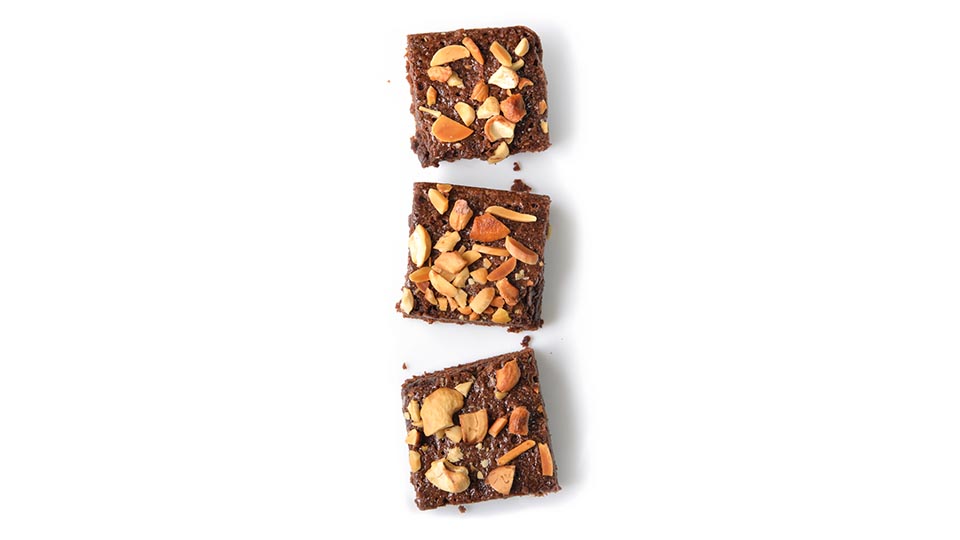
But the godmother of modern cannabis cooking was Alice B. Toklas, who published a cookbook in 1954 that extolled the virtues of cannabis in the kitchen.
Part memoir, part gastronomic musings, the Alice B. Toklas Cookbook is best remembered for her recipe for hash fudge.
Although she later gave credit for the recipe to her friend, painter/poet/performance artist Brion Gysin, Toklas and pot brownies became synonymous in pop culture.
Now Shibumi is elevating cannabis dishes to a higher level of cuisine at reasonable prices. The tempura appetizer costs $5, the kimchi $8, and the pork dinner will only set you back $30.
And for the cocktail-minded, the restaurant has a cannabis drink special aptly named The Baked Alaska. Made with gin, chartreuse, bitters, chlorophyll—yes, the stuff that makes plants green—and some CBD concentrate, the meal is practically an homage to the leafy green.
High potential for cannabis cuisine
Schlosser believes the demand for cannabis cuisine will only grow. “I think we were kind of ahead,” he told Time Out magazine.
He says he began using cannabis in dishes even before California legalized cannabis for recreational use in November 2016. At that time you needed a medical marijuana card to host a cannabis dinner. “It was extremely hush-hush when we launched, but … once the law passed it became consistent, and now we have it every day.”
Within a decade he envisions cannabis restaurants co-existing beside Italian trattorias and Mexican cantinas. “This is just the beginning.”
The rest of the culinary-related cannabis world includes some stellar combinations of hops and hemp, some surprisingly refreshing ways to spice up a summer BBQ, and even intense discussions on whether cannabis is considered the next aphrodisiac.
